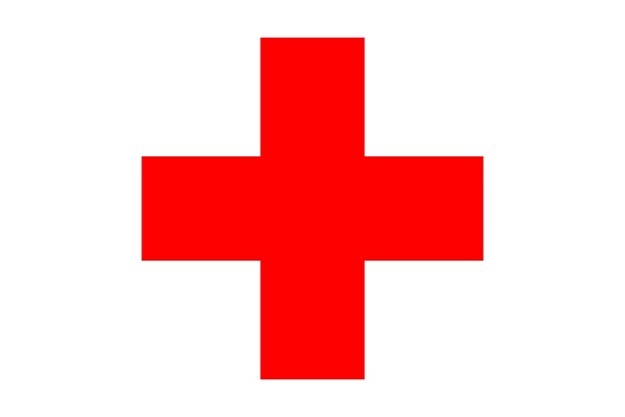Safety and General Management


1.Distribution and collection of materials
Plan what equipment and materials are to be used for the class and go with the students to the equipment room while the rest of the class goes to where the class is for the day.
2.Bathroom privileges
If a student has to go to the bathroom during class they can simply ask the teacher for permission and return after.
3.Dismissal
The class should typically end five minutes before the allotted time and the students can change in their changerooms. They can then come back to the teacher and give themselves a self-assessment of their effort for the class (out of five)
4.Starting an activity or at the beginning of class
The class begins with an explanation of what the class will entail and what is expected of the students (appropriate behavior, effort, and attitude)
5.Classroom housekeeping duties
The students are in charge of bringing the equipment to the class as well as placing it away in the equipment room after the class. If the class is outside and their shoes are dirty, they are required to go through an alternate entrance where they could wipe off their feet and avoid bringing dirt and water into the gym.
6.Appropriate strip
All of the students are required to have full PE strip and are given spare clothing (in exchange for various valuable possessions) if they do not bring their own strip.
7.Speaking in class
Speaking in class can be approached in a typical manner; students are to put up their hand if they would like to speak or if a teacher asks them a question they may answer. Some students talk while the teacher is talking but should be told to pay attention to the teacher and not speak.
8.Breaking into small group activities
If the class was to break into smaller groups the teacher should explain what the activities are going to be and then split up the students. Groups can be divided by skill level, randomly, or allow them to pick their own teams.
9.Use of free time
Students should have free time to explore skills and practice any drills they are interested in.
A overview of strategies for implementing safe play during the lessons:
Three specific rules were laid out for the students through the field hockey unit. These rules were to maintain a general level of safety because the equipment used in field hockey can be dangerous if not handled properly. The sticks are usually made of wood, and the balls are solid and capable of doing damage if they strike a student. The three rules were as follows:
1. No raising the ball in the air
2. No hacking other students sticks
3. No touching the ball with your feet
*These rules were also multifunctional as they are three rules used in field hockey games.
Strategies for integration of students of different physical abilities:
To integrate students with special needs into the class room there are many different strategies to adapt the instruction to fit their needs. Some of the adaptations found on the BC Ministry of Education(1999) online IRP’s are as follows:
- adapt the task by using props, simplifying the task, or substituting skills
- adapt rules and scoring systems (e.g., allow kicking instead of throwing)
- adapt or modify equipment (e.g., smaller, softer, or lighter equipment)
- identify methods of providing assistance (e.g., peer or teacher assistants)
- provide opportunities for extension and more practice
- adapt success- measurement criteria to meet individual student needs
- modify activities by providing parallel ones for students whose special needs preclude participation
In field hockey sticks can be bought in different lengths, or as a left handed instead of right handed to accommodate different physical attributes. Softer balls are frequently used to avoid injuries during the beginning lessons.
The assessment used at Spectrum High school was a 5 point scale of the students performance for each day. After each class the students were given time to change and return to the teacher to report their own self assessment of their performance that day. The class was an elective and therefore the students had all chosen to take the course. Because of this, there are high expectations for the students and it is assumed that most students should have a 4 or a 5 in each class. The students who do not obtain a 4 or 5 usually have a poor attitude, or arrive late to the class. This ongoing assessment strategy is a strong way of completing ongoing evaluation rather then a final judgment (BC Ministry of Education, 1999).
Some suggestions for assessment strategies can be found at the BC Ministry of Education Website.
Ideas for Assessment of Performance:
Suggestions for General Management of Class: